LEARN ABOUT SOLAR POWER
WITH COOL SOLAR
LEARN ABOUT SOLAR POWER
WITH COOL SOLAR
Get the latest news and tips about solar power from Cool Solar. We make it easy for you to understand everything about this renewable energy source.
Get the latest news and tips about solar power from Cool Solar. We make it easy for you to understand everything about this renewable energy source.
// SOLAR COMPANY IN TEXAS
THE COOL SOLAR BLOG
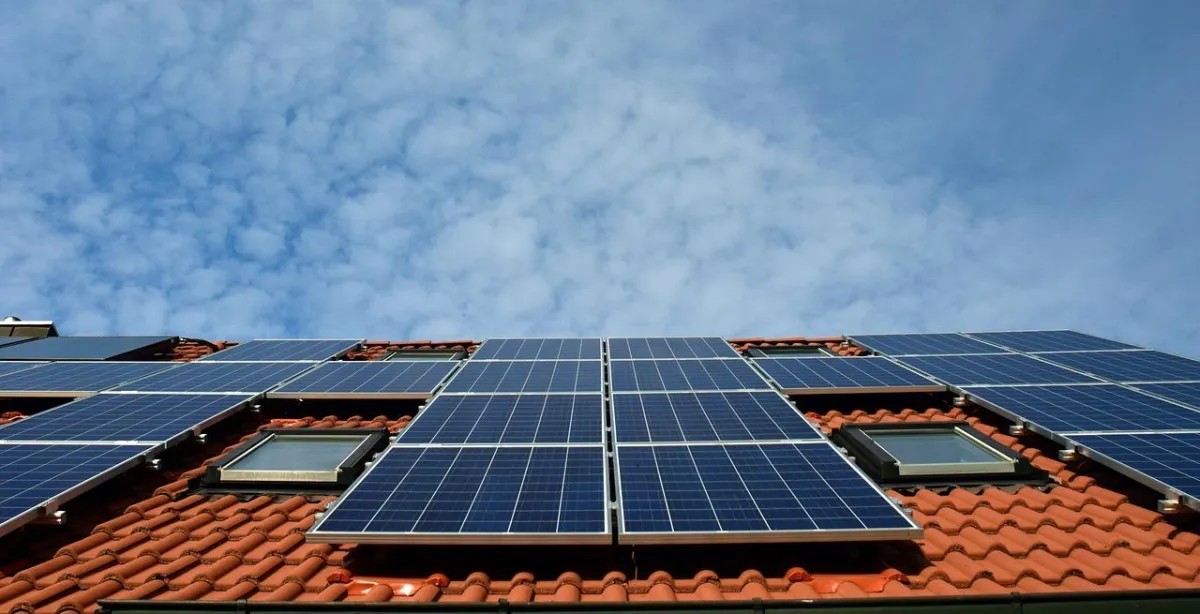
How Much Do Solar Panels Cost in Texas?
How Much Do Solar Panels Cost in Texas? (2023)
Solar energy is becoming increasingly popular in Texas, and for good reason. Costs of a solar panel installation on the other hand have pulled back since their inception. Not only is it an environmentally friendly source of energy, but it can also save you money on your electricity bills. But before you make the switch to solar, you’ll want to know how much it will cost. Here’s a breakdown of what you need to know about the cost of solar panels in Texas.
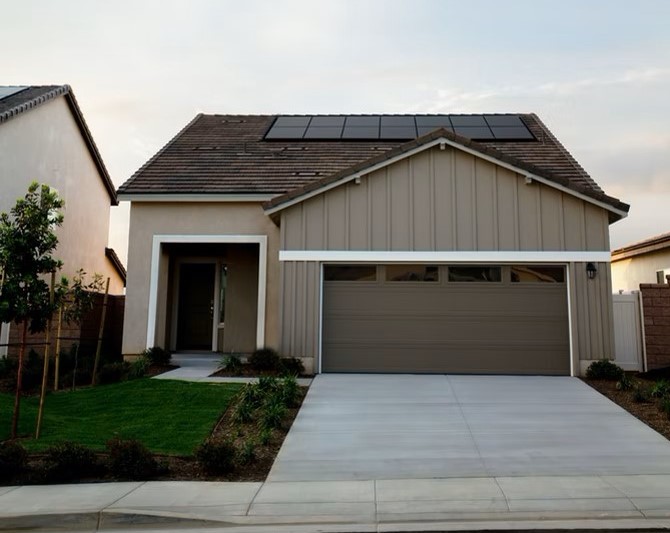
How Much Will Solar Panels Cost to Install on Your Home in 2023?
The cost of installing solar panels on your home in 2023 can vary depending on a number of factors such as the size of your home, the location, the type of panels you choose, and the company you choose to install them. On average, the cost of a solar energy system for a home in the U.S. can range from $10,000 to $30,000. However, it's important to keep in mind that this initial investment can be offset by the savings on your electricity bills per watt over time, as well as any incentives or rebates that may be available in your area. Additionally, solar panel costs have been decreasing over time and are expected to continue to do so in the future, making them more accessible and affordable for homeowners. It is advisable to get a quote from a solar company to give you a more accurate cost of installation for your home.
Get your free quote + savings report here!
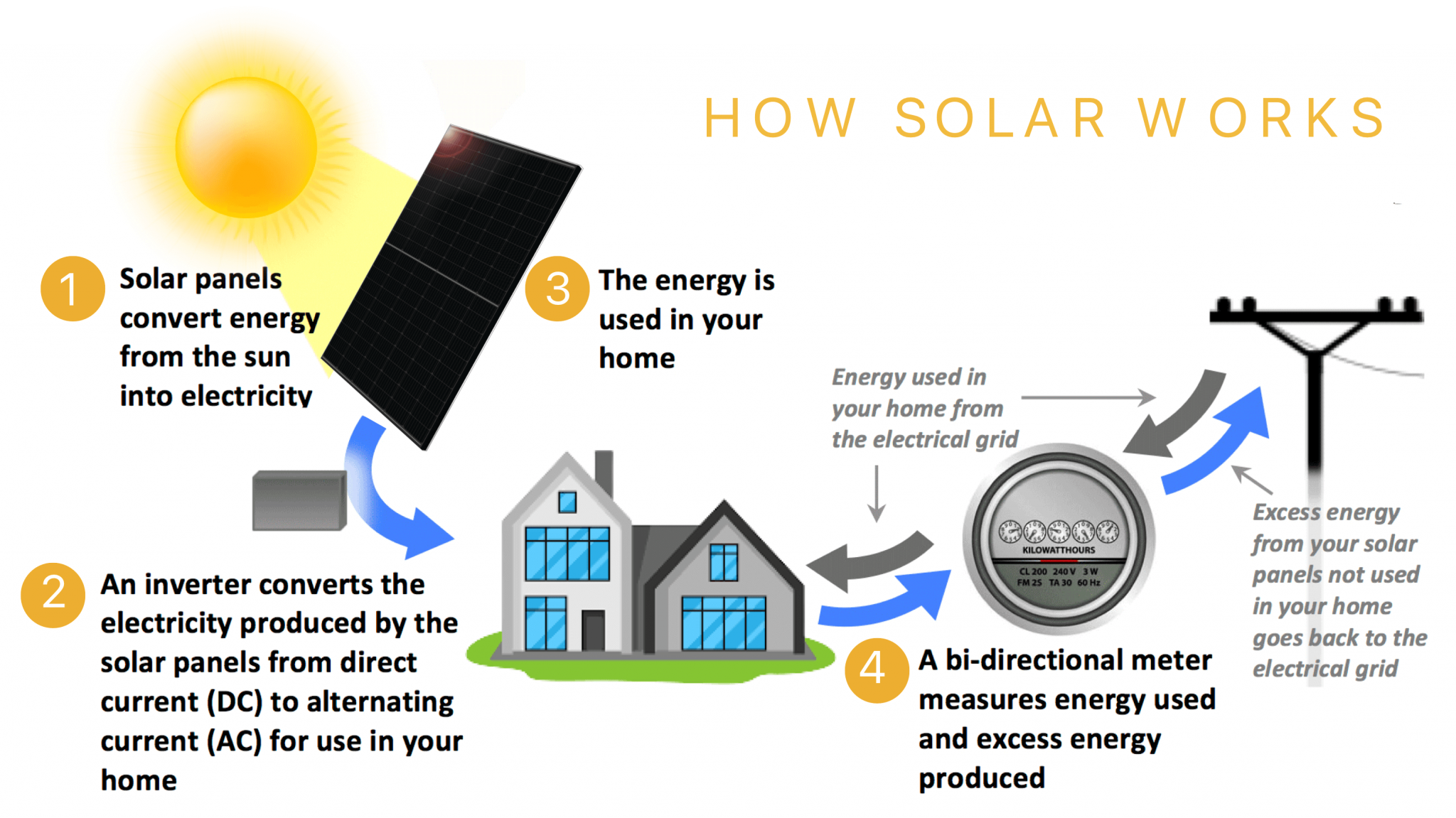
Cost of Solar Panels by State
The solar panel costs can vary greatly depending on the state in which you live. Factors such as the cost of electricity, state and local incentives, and the availability of solar installers will all have an impact on the final cost. For example, states with high electricity costs and strong incentives for solar, such as California and New York, tend to have lower costs for solar panels. On the other hand, states with less favorable conditions for solar panels, such as Alabama and Kentucky, will typically have higher costs. Additionally, labor costs and the cost of living can also play a role in determining the final cost of solar panels. It's important to research the costs in your specific state to get a better idea of what you can expect to pay. Plus, ensure you get information on the federal solar tax credit with your quote showing how solar panels save you on your monthly electric bills. (Get Your Quote Here)
Average Solar Panels Cost in Texas
The average cost of solar panels in Texas for a residential home in 2023 is around $3.50 per watt. This means that for a typical 5kW solar system, the cost would be around $17,500 before any rebates or incentives. However, the solar system cost can vary depending on the specific location within the state, the type of solar panels used, and the size of the solar system. Additionally, the cost of solar panels has been decreasing over the years, making it more affordable for homeowners in Texas to switch to solar power. It's important to note that the cost of solar panel installation is not only the cost of the panels but also the cost of the equipment and installation services, which can add up to 25-30% of the total cost.
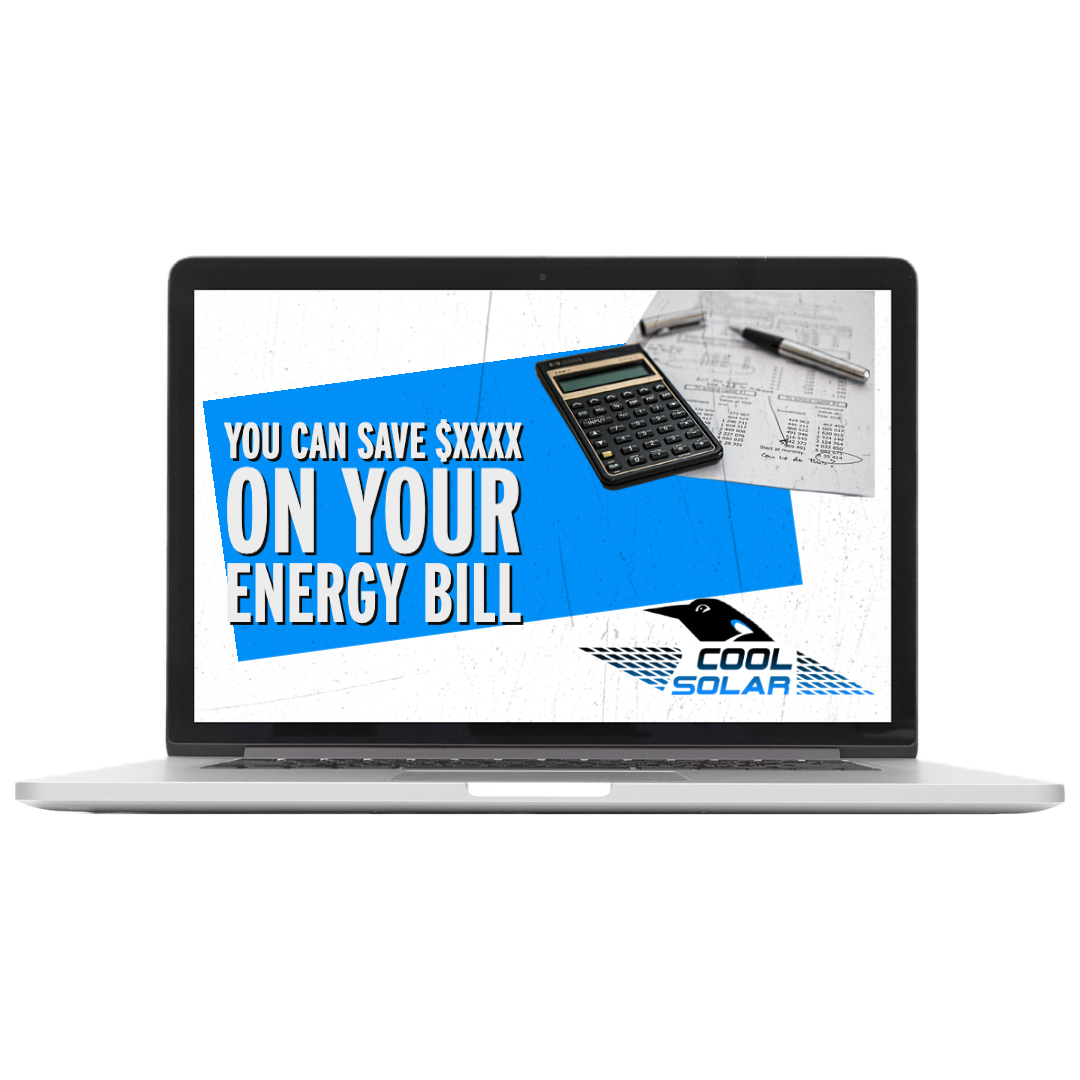
How To Calculate Solar Panel Cost
The size of your solar energy system will have a major impact on its cost. Generally speaking, larger systems are more expensive than smaller ones because they require more equipment and labor to install them. If you’re looking for an affordable option, then a smaller system may be best for you. However, if you want to maximize your energy savings over time, then investing in a larger system may be worth it in the long run.
How much do solar panels cost for my home? Get your quote within the next hour!
How Much Solar Panels Cost in Price Per Watt
The average cost of solar panels per watt in 2023 is between $1 and $5, depending on the type of panel[1]. Residential solar energy costs on average 6 to 8 cents per kWh when purchased through the solar.com marketplace[2], while the national average cost of a residential solar panel system is estimated to be $2.94 per watt[3].
Solar Panel Installation Costs
Solar system investments can vary significantly depending on where you live and who installs your system. In general, professional installation services tend to be more expensive than DIY installation but they can also provide peace of mind that everything is installed correctly and safely. It’s important to get quotes from several different companies before making a decision so that you can compare prices and find the best deal for your needs.
Want To Know How Much You Can Save? Calculate Your Energy Use

The Solar Panel Cost Over Time
Solar panel costs have decreased significantly over the past decade, from around $2.50 per watt in 2009 to around $1 per watt for a utility-scale PV system in 2023[4]. Residential photovoltaic systems have dropped more than 70 percent in cost since 2009, with the national average cost of a residential solar panel system estimated at $2.94 per watt in 2023[5]. Data from the International Energy Agency shows that solar PV module costs have decreased steadily since 1970[6].
Factors That Affect Solar Panel Costs
The cost of installing a solar panel system in Texas will vary depending on several factors. These include the size of your system, the type of equipment you choose, and the installation costs. The total cost for a residential solar panel system in Texas can range from $15,000 to $30,000 or more.
How Many Solar Panels Do I Need? Base it off of your electricity costs by clicking here.
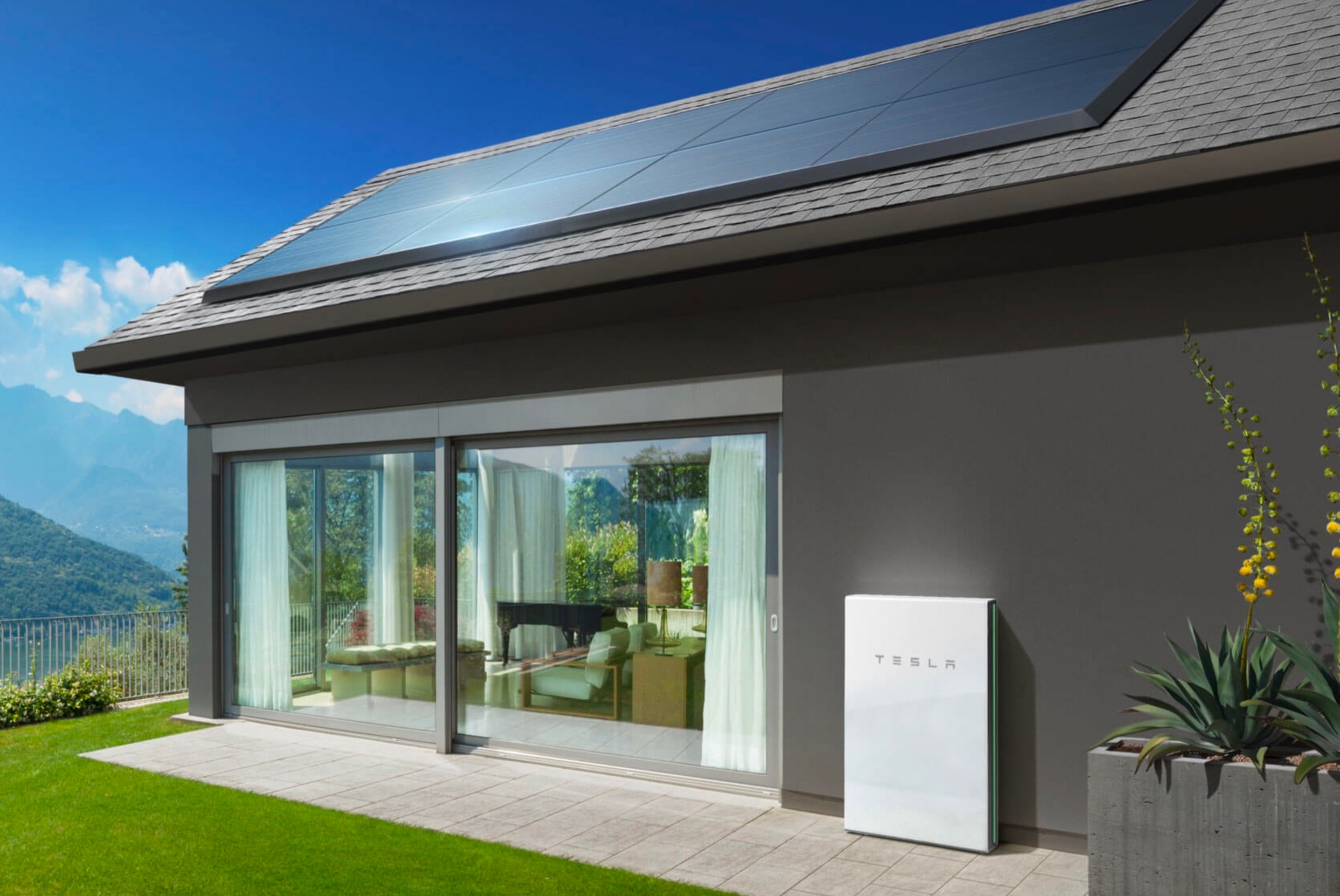
Equipment Type and Manufacturer
The type of equipment that you choose for your solar panel system will also affect its overall cost. There are two main types of equipment: photovoltaic (PV) panels and thermal collectors. PV panels convert sunlight into electricity while thermal collectors capture heat from the sun and use it to heat water or air inside your home. PV panels tend to be more expensive than thermal collectors but they are also more efficient at producing electricity so they may be worth the extra investment if you want maximum energy savings over time.
Solar Panel Cost Estimator by Home Size
When considering solar panel installation, one of the most important factors to consider is the cost. The cost of solar panels can vary depending on a number of factors, including the size of your home and the amount of electricity you use.
At Cool Solar, we understand that figuring out the cost of a solar system can be confusing and overwhelming. That's why we've developed a Solar Panel Cost Estimator by Home Size through our Solar Savings Calculator. This tool allows you to input your home's address and energy usage to get an estimate of how much solar panel installation would cost for your specific home.
In addition, we also have a Savings Calculator tool that helps you understand the financial benefits of going solar. By inputting your current energy costs, the calculator will estimate how much money you could save on your energy bills each year by installing solar panels. With Cool Solar's cost estimator and savings calculator, you can make an informed decision about whether solar panel installation is right for you and your home.
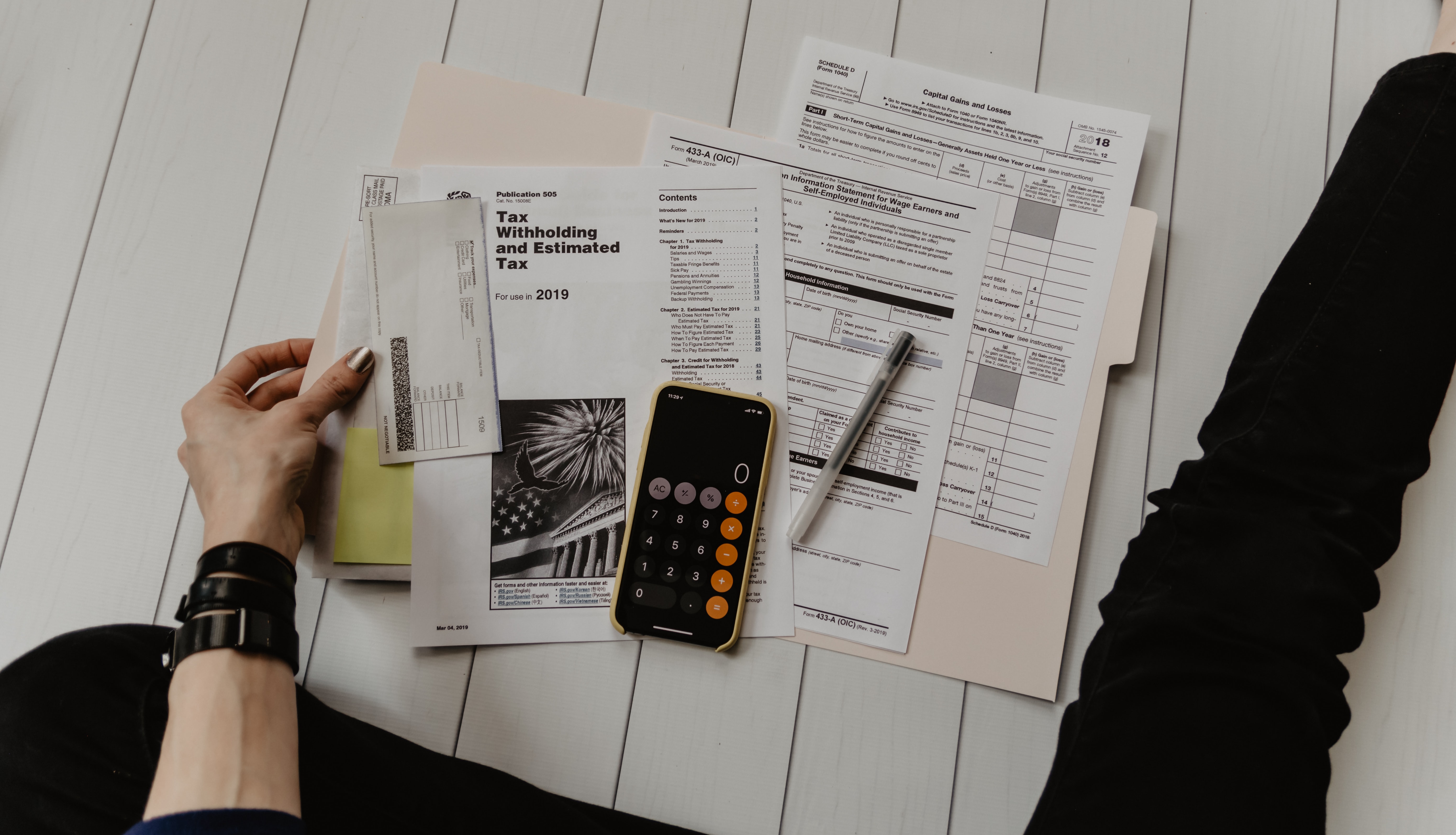
Federal Solar Tax Credit - Solar Incentives
In addition to reducing your electricity bills over time, solar system costs in Texas may also qualify you for tax credits or other incentives from local or state governments. These incentives can help offset some or all of the upfront costs associated with a solar installation so it’s important to research what incentives are available before making any decisions about which type of system is right for you.
Want to learn more about a Solar Panel Brand like Tesla? Learn More Here.
Calculating how much solar panels will cost for your specific home given its location and electricity use
Do Solar Panels Impact Homeowners' Insurance?
Homeowners' insurance generally covers solar panels, but the level of coverage varies depending on whether the homeowner owns or leases the panels and where they are located. Most policies include solar panels that are mounted to the roof and permanently attached to the home in dwelling coverage. However, damage caused by wear and tear, neglect, or improper maintenance is typically not covered. Additionally, damage to solar panels during installation is also not covered. It is important for homeowners to check their policy details to ensure they have enough coverage for repairs or replacement of their solar panels.
How Much Does It Cost to Install Solar Panels?
The question asked is, "Are solar panels worth the investment? Tax credit or not." The solar installation costs can vary depending on a number of factors such as location, the size of the system, the type of panels used, and the company that is installing the panels. On average, solar panels tend to range from $10,000 to $25,000 for a 5 kW system. In some states such as California, the cost can be higher due to additional costs such as permitting fees. In other states, such as Texas, the cost may be lower. It's important to note that while the upfront cost may be significant, the savings on energy costs over time can make the investment worthwhile. Additionally, there are various federal and state incentives and rebates that can help offset the cost of installation. Get with local solar companies to see the average solar panel costs.
Tax Credits and Incentives
Homeowners installing a solar power system in 2020 and 2021 are eligible for a 26% tax credit, which was extended to 30% in August 2022. This nonrefundable credit can be used to deduct up to 30% of the cost of the solar energy equipment installed in a residence from now until 2032 [7].

Solar Loans
Solar loans are a financing option that allows homeowners to install solar panels on their property without paying the full system cost upfront. Instead, they can borrow the money and pay it back over time, often with a fixed interest rate. These loans can be obtained through banks, credit unions, or specialized solar financing companies. They can have a variety of terms, from a few years to 20 or more. Some solar loan programs may also offer attractive interest rates or incentives for solar energy production. They are a good option for homeowners who want to save on their energy bills but don’t have the upfront cash to pay for the installation. It's important for homeowners to research and compare different solar loan options before making a decision to make sure that they find the best deal that aligns with their budget and needs.
Solar Leases or Power Purchase Agreements (PPA)
A solar lease or power purchase agreement (PPA) is a financing option for homeowners who want to install solar panels on their property but do not want to purchase the panels outright. Under a solar lease or PPA, a third-party company will install, own, and maintain the solar panels on the homeowner's property. The homeowner will then pay for the electricity generated by the panels at a rate that is typically lower than the utility's rate for grid electricity. This allows the homeowner to enjoy the benefits of a solar power system without the high upfront system cost of purchasing the panels or the solar panel installation cost. However, the homeowner will not own the solar panels and will not be able to take advantage of any tax incentives or rebates that may be available for solar panel ownership. Additionally, if the homeowner moves, they will not be able to take the solar panels with them and will need to find a new agreement with the next homeowner.
"What is the cost of a solar panel installation for an average 2,000 square foot home today?"
The average cost of a residential solar panel installation for an average 2,000-square-foot home in 2022 ranges between $16,500 and $33,000[8], before applying tax credits or other incentives that may be available where you live[9].
Solar Panel ROI (Return on Investment)
Solar panel return on investment (ROI) is the amount of money a homeowner can expect to save or earn from their solar system over time. The ROI for solar panels is typically calculated as the net present value (NPV) of the energy savings or earnings, minus the initial cost of the solar panel system. Factors that affect the ROI for solar panels include the cost of the solar panel system, the cost of electricity in the area, the amount of sunlight the area receives, and the efficiency of the solar panels. The ROI for solar panels can vary greatly depending on the specific circumstances, but it is typically around 5 to 25 years on average. However, it's important to note that the ROI is not the only factor to consider when deciding whether to install solar panels, the environmental and sustainability benefits, and long-term value of solar power should also be taken into account.

Is Solar Energy Cost-Effective?
Solar energy is cost-effective in the long term, with a payback period of 6-9 years for residential solar. Solar electricity is now some 20-50% cheaper than estimated by the International Energy Agency (IEA) in their 2020 outlook. Solar power costs from $3 to $5 per watt for installation, resulting in an average residential 5-kW system costing between $15,000 and $25,000. Homeowners who install solar power systems can receive numerous benefits such as lower electric bills, lower carbon footprints, and potentially higher home values. Therefore, solar energy is cost-effective and worth it in the long run.
Have your electric bill? See the national average savings, plus the most efficient panels for your home. Begin here with our savings calculator(don't worry, you won't need to know per kilowatt hour or any electrical panel info!)
State and Local Incentives in Texas
Texas does not have a statewide solar tax credit or rebate program, but a number of local governments and utility companies offer incentives to homeowners who want to go solar. These incentives include the renewable energy property tax exemption, which prevents homeowners from having to pay extra taxes due to the increased property value from installing solar panels.
Austin Energy customers are eligible for a rebate of $2,500 plus Austin Energy’s Value of Solar Tariff, which pays them $0.097 for every kilowatt-hour (kWh) their solar system produces[10]. Other local utility companies such as AEP Texas, CPS Energy, and Oncor also offer cash incentives ranging from $2,500 to $8,500 for the kW of solar installed[11]. Additionally, TXU Energy's Home Solar Buyback plan allows customers to get paid for the excess energy their Texas solar installation creates[12].
The federal government currently allows residential customers to claim a 30 percent tax credit for the purchase and installation of solar systems[13]. This is in addition to any state or local incentives that may be available.
Ready for renewable energy? We believe energy needs a new look. Become a Solar Revolutionary today!
What Does the Solar Panel Installation Process Look Like?
The solar panel installation process typically includes several key steps:
Site assessment: A solar professional will visit your property to assess the suitability of your site for solar panel installation, taking into consideration factors such as the orientation of your roof, the shading of your property, and local building codes.
System design: Based on the results of the site assessment, a solar professional will design a custom solar panel system that is tailored to your specific needs. This will include determining the number and size of solar panels, as well as the type and size of the inverter, racking, and other components.
Permitting and interconnection: Once the system design is complete, your solar professional will work with your local building department to obtain the necessary permits and approvals for the installation. They will also work with your utility company to ensure that your solar panel system is properly connected to the grid.
Installation: The installation process typically takes one to two days, depending on the size of the system. During this time, your solar professional will install the solar panels, the inverter, and any other necessary components.
Inspection and activation: Once the installation is complete, your solar professional will schedule an inspection with your local building department to ensure that the installation meets all safety and code requirements. After the inspection is passed, your solar professional will activate the system and provide you with a detailed explanation of how to use it.
The solar installation process typically includes an initial consultation, site assessment, system design, permitting, installation, and final inspection. The entire process can take anywhere from 4 to 12 weeks, depending on factors such as the size and complexity of the system, and the permitting requirements in your area. It's important to note that the installation time frame can vary depending on the company and specific project. And also the permitting process can prolong the time frame.
If you'd like to get started on your own, begin your journey with our solar calculator... click here.
Cost of Installing Solar Panels DIY
The average cost of installing a DIY solar system is around $16,680, but it does not include additional fees such as utility and state approval fees, which can range between $100 to $300. It's important to note that DIY solar panels can be found for $6,000 to $11,000, and professional labor costs are around $0.59/watt. While DIY installation may be a cost-effective option for some small home applications, it may be best to hire a professional installer when powering an entire home.
So...How Much Do Solar Panels Cost in Texas?
Installing a solar panel system in Texas can be an excellent way to reduce your electricity bills while helping protect the environment at the same time. The total cost will depend on several factors including size, type of equipment chosen, installation costs and any available tax credits or incentives but generally speaking most systems range from $15k-$30k or more depending on these variables. Researching all available options carefully before making any decisions is key to getting the best deal possible for your needs! Drop your electric bill, cost per watt, and overall energy used per kilowatt hour.
We hope you enjoyed this article and now have a better understanding of the steps to be aware of before moving forward with your energy needs. If you'd like to talk more about investment tax credit or average cost per watt for your home, get started with your free energy savings report custom to your property here.
Who is Cool Solar?
We are a solar company based in Austin, Texas that serves throughout the great State of Texas.
We'd love to serve you for your residential solar panel systems and ensure the best solar panel prices! With ZERO upfront costs and 30% federal tax incentives for your energy usage, your solar systems could completely wipe your utility bill.
"How much electricity will I need for my solar costs invested to pay my utility bill?"
Schedule a time with our Energy Consultants to define the cost per watt and potential solar savings through our solar calculator.
References:
[2] https://www.solar.com/learn/solar-panel-cost
[3] https://www.marketwatch.com/picks/guides/home-improvement/solar-panel-costs
[4] https://www.nrel.gov/news/program/2021/documenting-a-decade-of-cost-declines-for-pv-systems.html
[5] https://www.marketwatch.com/picks/guides/home-improvement/solar-panel-costs
[7] https://www.forbes.com/home-improvement/solar/solar-tax-credit-by-state
[8] https://homeguide.com/costs/solar-panel-cost
[10] https://www.energysage.com/local-data/solar-rebates-incentives/tx
[11] https://www.gosolartexas.org/available-incentives
[12] https://www.sunrun.com/solar-by-state/tx/texas-solar-incentives
[13] https://comptroller.texas.gov/economy/fiscal-notes/2018/april/solar.php
FAQS: RESIDENTIAL SOLAR PANEL INSTALLATIONS
How Long Do Solar Panels Typically Last?
Solar panels have a lifespan of 25-30 years on average. Proper maintenance, such as cleaning and inspections, can help prolong their lifespan. However, it's important to note that over time, the efficiency of the panels will decrease, typically at a rate of 0.8% per year, which can impact the amount of energy produced.
Is A Solar Powered Home Possible?
Yes, using solar power to run a household is entirely possible in this day and age. With the ever-evolving technologies surrounding solar panel systems, the amount of energy that can be produced by the sun is now more than enough for a home's daily power needs. This includes powering lights, air conditioning, appliances, and other essential items.
When installing solar panels on a roof or in an area with ample sunlight, homeowners can take advantage of Texas' plentiful sunshine year-round. Solar cells convert the sun's energy into electricity that can be used in your home. For optimal performance and maximum efficiency, it's important to have high-quality solar panels and batteries in order to effectively store the energy collected by these cells. A premium battery system will then allow you to store any excess energy during sunny days so you have power even during those long Texas nights.
What Should I Consider Before Installing Solar Panels?
Before making the decision to install solar panels, it is vital for you to research a few key factors and ask questions to ensure your roof is the right shape, type, orientation, direction and slope and strong enough to support your investment. You should also check up on local rebates and incentives available in your area, as well as warranties offered by the company you are considering hiring.
Additionally, be sure to look into any regulations set forth in your homeowners association (HOA) that may impact whether or not solar energy can be utilized on your property. It is also important for you to assess the current energy efficiency level of your home. Knowing how much energy you typically use on a regular basis will help determine how much solar power you need to provide the necessary amount of electricity for your family’s daily needs. You will want to factor in the cost of solar power in your area and any additional costs associated with installation when deciding which option is best suited for you financially.
In most cases, a professional installer should be consulted prior to installing new solar panels in order to make sure everything has been properly evaluated before proceeding with installation. Understanding all of these components can help ensure that you make an informed decision on whether or not solar energy is right for you.
How Many Solar Panels Do I Need?
By looking up your home's hourly energy requirement in kWh over a 30-day period, you can determine how much electricity you will need each month and therefore how many solar panels are required. This data is often available on your monthly energy statements or by simply asking your utility provider to calculate it for you.
In addition to the number of watts needed per panel (either 150W or 360W), you will also need to consider the number of peak sunlight hours in your area for the time of year when installing the system. This can vary drastically based on where you live, so an online search should provide this information quickly and easily. Once all these factors have been taken into account, then you can determine the total amount of electricity generated from a specific number of panels that best fits your needs.
It is important to note that although more wattage typically means more energy production, higher wattage doesn’t always mean savings if it’s not necessary for the size of system being installed. Furthermore, solar systems with high wattage may require larger wiring and other equipment which could increase installation costs significantly. Therefore, it is essential that homeowners do their research and understand exactly how much power they need before making any decisions regarding their system's specifications.
Additionally, it’s beneficial to seek professional advice from a qualified solar installer who can help design a customized solution tailored to meet your individual needs while still providing optimal cost savings for years to come!
Want To Automatically See How Many Panels You Need?
Begin with our Savings Calculator and we can do the work for you!
LOOKING FOR MORE?
RESERVE YOUR FREE CONSULTATION.
To get started on solar panel installation, send us your information.
We'll review your information and contact you to schedule an appointment.
An energy consultant can meet with you either in person or virtually to provide a custom proposal tailored to the size and design of your system, as well as financing and long-term savings options.
LOOKING FOR MORE?
RESERVE YOUR FREE CONSULTATION.
To get started on solar panel installation, send us your information.
We'll review your information and contact you to schedule an appointment.
An energy consultant can meet with you either in person or virtually to provide a custom proposal tailored to the size and design of your system, as well as financing and long-term savings options.


